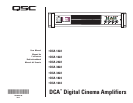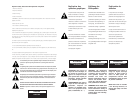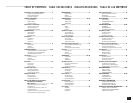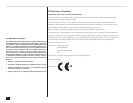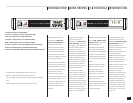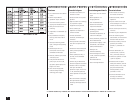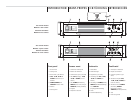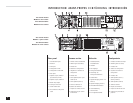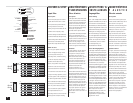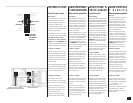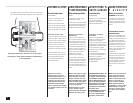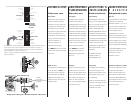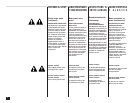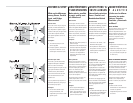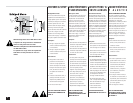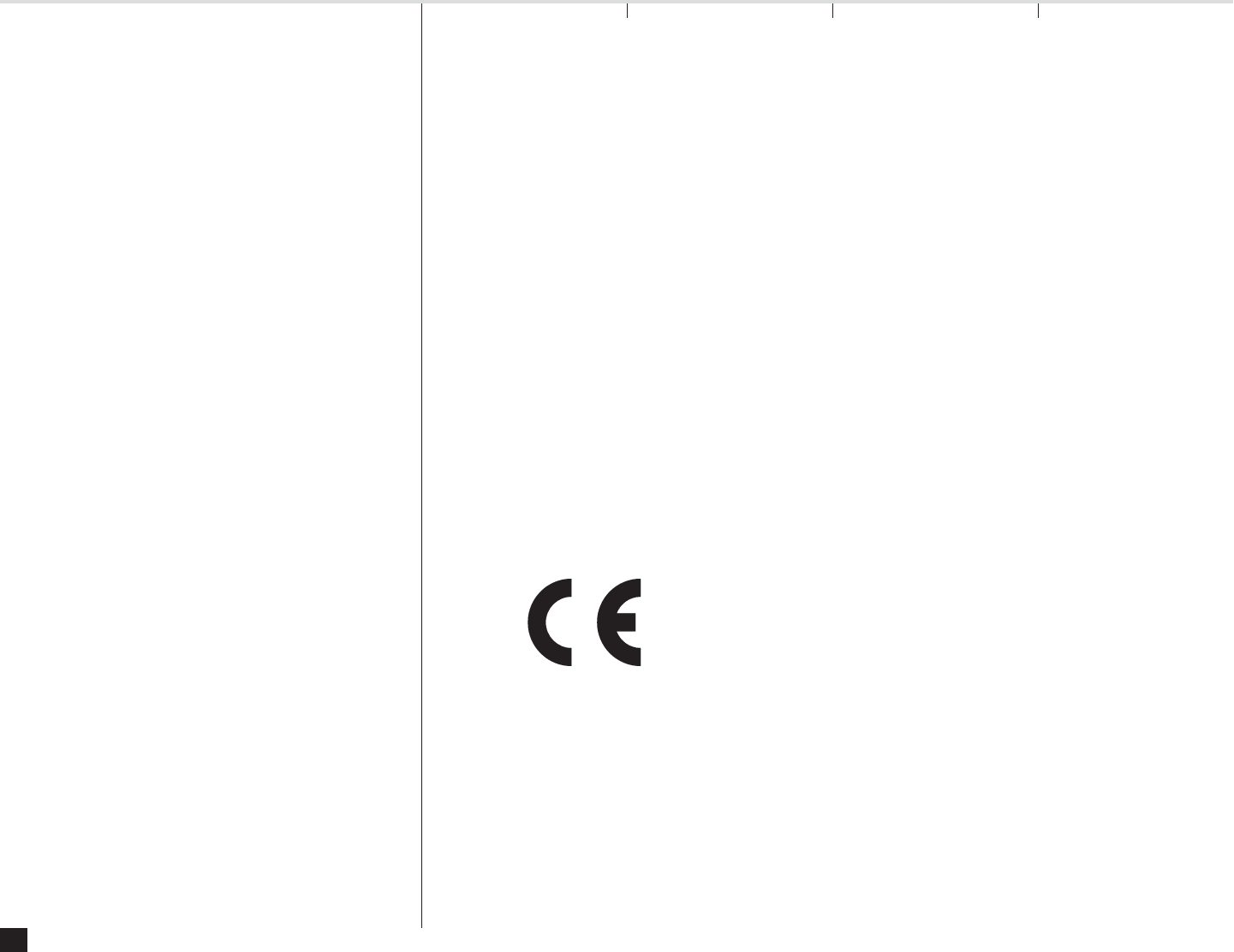
4
EC Declaration of Conformity
for Model PLX, DCA, and CX Professional Power Amplifiers
Including the models PLX1202, PLX1602, PLX2402, PLX3002, PLX3402, DCA1222, DCA1622, DCA2422, DCA3022, DCA 3422, CX032, CX502,
CX702, CX902, CX1102, CX302V, CX602V, and CX1202V.
QSC Audio Products, Inc., decalres as its sole responsibility that the above named products are in compliance with the Council Directive
89/336/EEC on the harmonization of the laws of the Member States relating to electromagnetic compatibility, as well as requirements of the
harmonized product standards EN55103-1:1997 (Emissions) and EN55103-2:1997 (Immunity), which include:
EN55013, EN61000-4-2, EN61000-4-3, EN61000-4-4, EN61000-4-5, EN61000-4-6, EN61000-4-8, AND EN61000-4-11.
QSC Audio Products, Inc., further declares as its sole responsibility that the above named product is in compliance with the Council Directive
73/32/EEC of 19 February 1973 on the harmonization of the laws of the Member States relating to electrical equipment for use within certain
voltage limits and the Council Directive 93/68/EEC of 22 July 1993 which amends the previously mentioned directive, as well as requirements
of the harmonized product standard EN 60065, related to safety requirements for mains operated electronic and related apparatus for
household and similar general use.
Manufacturer: QSC Audio Products, Inc.
1675 MacArthur Blvd.
Costa Mesa, California 92626
USA
Signed: Patrick H. Quilter, VP/Engineering; David W. Ishmael, Sr. Sustaining Engineer
Date: 1 September 1999
Year of marking:
98
FCC INTERFERENCE STATEMENT:
This equipment has been tested and found to comply with the limits for
a Class B digital device, pursuant to part 15 of the FCC Rules. These limits
are designed to provide reasonable protection against harmful inter-
ference in a residential installation. This equipment generates, uses,
and can radiate radio frequency energy and, if not installed and used in
accordance with the instructions, may cause harmful interference to
radio communications. However, there is no guarantee that interfer-
ence will not occur in a particular installation. If this equipment does
cause harmful interference to radio or television reception, which can
be determined by turning the equipment off and on, the user is encour-
aged to try to correct the interference by one or more of the following
measures:
• Reorient or relocate the receiving antenna.
• Increase the separation between the equipment and the receiver.
• Connect the equipment into an outlet on a circuit different from that
to which the receiver is connected.
• Consult the dealer or an experienced radio/TV technician for help.



